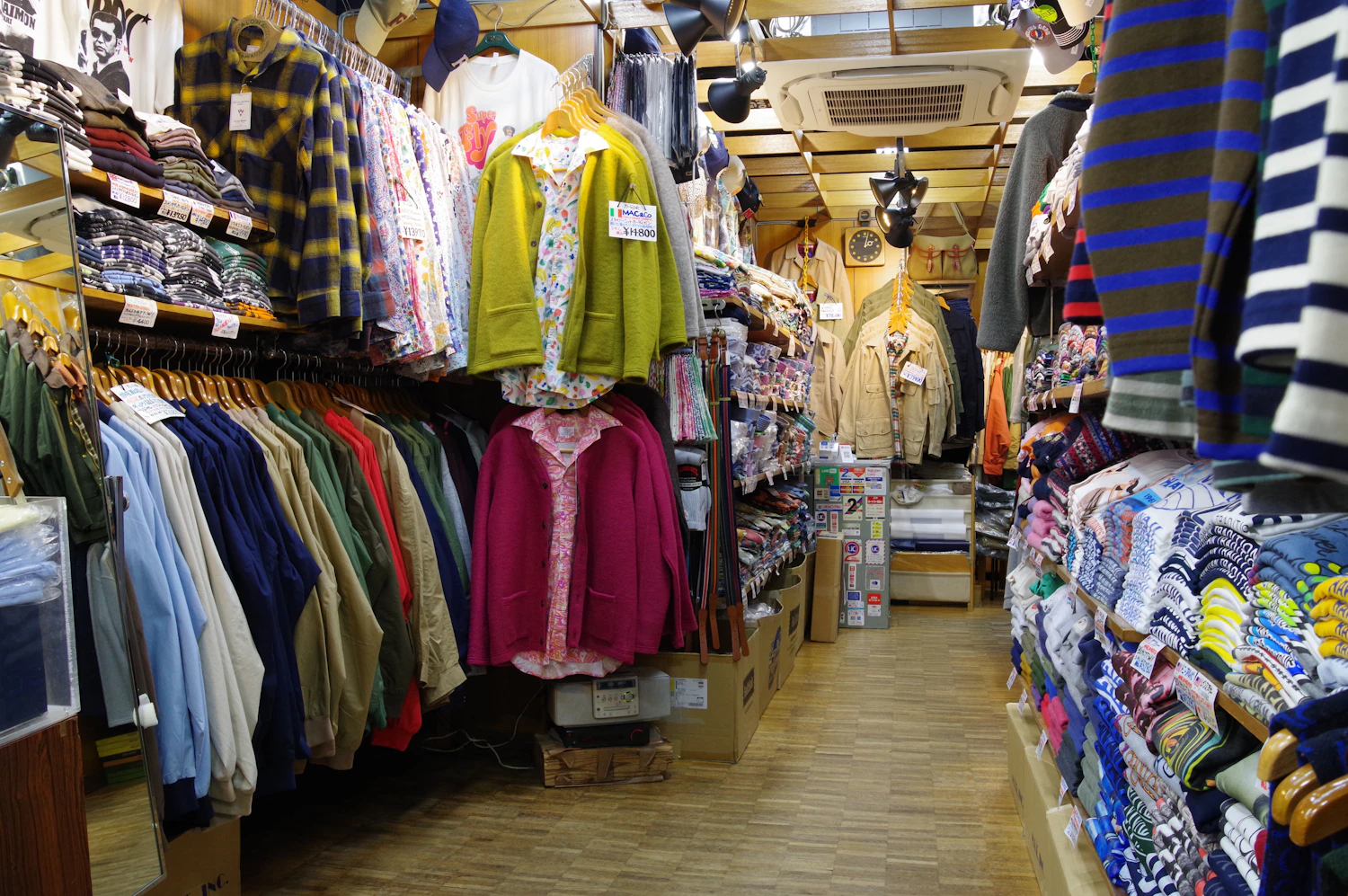12.29MON
Over 70 Years in Ueno's Ameyoko, Discovering the "Truly Unchanged" at the Oldest Select Shop "Tamami"

When you hear the term "select shop," you might first think of the so-called Big Three: "SHIPS," "BEAMS," and "UNITED ARROWS." Among these, the oldest one, which expanded nationwide from Ueno's Ameyoko, is "SHIPS." However, there exists an even older, long-established shop in Ameyoko.
Continuously operating from the same location since the post-war era, we visited the oldest select shop in Ameyoko, which has been walking alongside its customers for decades.

Ameyoko, in Tokyo's Ueno area, still retains strong traces of the post-WWII market. Although the pandemic has caused some store turnover, the maze-like Ameyoko marketplace, crowded under the former Japan National Railways (JNR) guard, still holds a mysterious allure.
Located in this area is 'Tamami,' the shop we visited. Founded in 1950, just five years after the end of the war and the Tokyo air raids, it has been operating in the same spot for 72 years without a single move. Why is that? We asked Takeo Aiba, the third-generation president.
Located in this area is 'Tamami,' the shop we visited. Founded in 1950, just five years after the end of the war and the Tokyo air raids, it has been operating in the same spot for 72 years without a single move. Why is that? We asked Takeo Aiba, the third-generation president.
This article is for members only.
Please register to read the rest of the article.
What you can do with a membership
- Read members-only articles
and use text-to-speech. - Unlimited article favourites
and browsing history. - Attend members-only events.
- Get the latest information
with our email newsletter.
CONCEPT VIDEO
"fashion tech news" Unveils New Logo & Concept Video
TOP ARTICLES
RELATED ARTICLES
CONCEPT VIDEO
"fashion tech news" Unveils New Logo & Concept Video
CONTACT
If you have any questions or enquiries, please enter your details in the form below.








![[No.4]The Secret to the Expressive Techniques Only Living National Treasure Akihiro Maeta Can Create](https://images.microcms-assets.io/assets/1775a3633c8b428d9f011c6a758a8a5c/9c7bdfdde79840788867596b54617615/OGP4.JPG?w=400&fm=webp)








.png?w=400&fm=webp)

